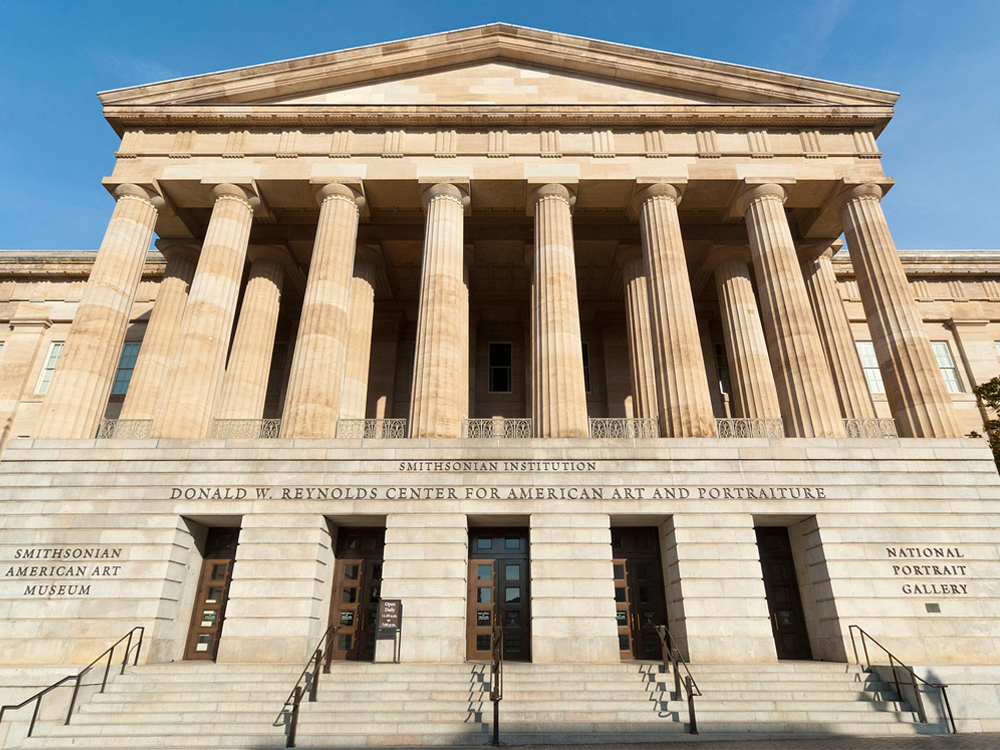
The two newest upcoming additions to the Smithsonian, The National Museum of the American Latino and the American Museum of Women’s History, will be fantastic strides in the soon-to-be Biden Administration’s slow but assuring work towards widespread cultural education and acceptance. In December 2020, Congress officially approved legislation that will create the two museums, backed in part by the recently approved omnibus package including a $900 billion COVID-19 relief fund. Both buildings are slated to be built on or directly around the National Mall in Washington D.C.
The passing of the legislation was no small feat. In addition to decades of pushback, failed bill passings, and general ignorance from both the United States government and the art world at large, two separate proposals for the two museums were blocked just last month by Utah Senator Mike Lee. The GOP senator stated his decision was fueled by his desire to halt the “balkanization” of the US, and to ensure that the country will not be further divided. He stated:
“Within the walls of a Smithsonian museum just like at the National Gallery of Art or the great memorials that dot this city, there is no us and them. There’s only us. And so my objection to the creation of a new Smithsonian museum or series of museums based on group identity, what Theodore Roosevelt called hyphenated Americanism, is not a matter of budgetary or legislative technicalities. It is a matter of national unity and cultural inclusion.”
This is yet another example of the double standards GOP politicians often exhibit when discussing topics of diversity and justice. While on the surface of seemingly good intent, this ignorant statement lacks a basic degree of self awareness it would take to understand that the actions of these politicians and their supporters have done more to divide this country with racist practices than any community-specific museum ever could. When offensive confederate-era statues remain tall in their own dedicated spaces around the country, the notion of removal sends the same lawmakers into tailspins regarding “cultural preservation,” the very thing they prohibit by blocking bills like this one. Simply put, these museums are long overdue, and in no way represent divide, but rather an expansion of cultural education.
The museums come following a long history of exclusionary treatment for the Latin community in the art world. Like women’s history, Latinos and Latin-Americans are often left out of our textbooks when it comes to major American history, and even more so our education as a nation is lacking when it comes to Latin arts and cultural understanding. Meta-prejudice even shows itself in the art world when it comes to Latinx artists, with many curators not giving Latin artists the time of day if they were born within the US. The Latinx artists are often neglected because “[galleries] want to buy a story, but not a story that comes from the United States,” according to Afro-Cuban-American artist Juana Valdes, who also stated that “Latin American art” in the US is a “white South American version” of the subculture. It’s for this reason, amongst others, that some have argued for the creation of a museum entirely dedicated to Latinx art.

There are dozens of examples of impactful art we would hope would fill the halls (and historical gaps) at these upcoming museums. A great step for example was La Borinqueña, artist Edgardo Miranda-Rodriguez’s Afro-Puerto Rican superhero graphic novel, part of the permanent collection at the Smithsonian Museum of American History. New York City made great strides for women’s history as well (despite initial controversy), when it erected a joint statue of women’s right pioneers Sojourner Truth, Susan B. Anthony and Elizabeth Lady Stanton.
It is important to note that both museums have been a long time coming. Federal funding for museums is a notoriously arduous and long process. Take for example the National Museum of African American History and Culture. That museum was only authorized by congress in 2003 after an ongoing battle to pass a bill introduced by John Lewis in 1988. And even after approval it didn’t open its doors until 13 years later.
The American Museum of Women’s History had been proposed back in 1998 by Congresswoman Carolyn Maloney, with extensive work done by politicians like Senator Susan Collins over the years. The fight for a Latin museum has gone on even longer. After creating a task force to focus on “Latino issues” in 1993, the Smithsonian published Willful Neglect: The Smithsonian Institution and US Latinos, which chronicled the exclusion of Latino culture in the art world, and led to the Smithsonian Center for Latino Initiatives in 1997 (later the Latino Center in 2006). This all led to the official campaign for a Latino museum in 2004, which in 2011 came to fruition in the form of a museum proposal. These steps, amongst others, finally led us to today.

As amazing as these steps are towards Joe Biden making right on his many promises to the Latino community for his presidency, it will be some time before either of these museums see the light of day. They will both take years to build, and it is worth noting that the federal government will not front all costs. The approved bill indicates that funding will be split between federal help and private donations, which both will certainly need in excess in order to even get started. The Women’s Museum structure alone is an estimated $375 million expense. If we as a progressive national are serious about expanding our cultural and historical education to include all communities, then these are the projects we desperately need to be funding.


